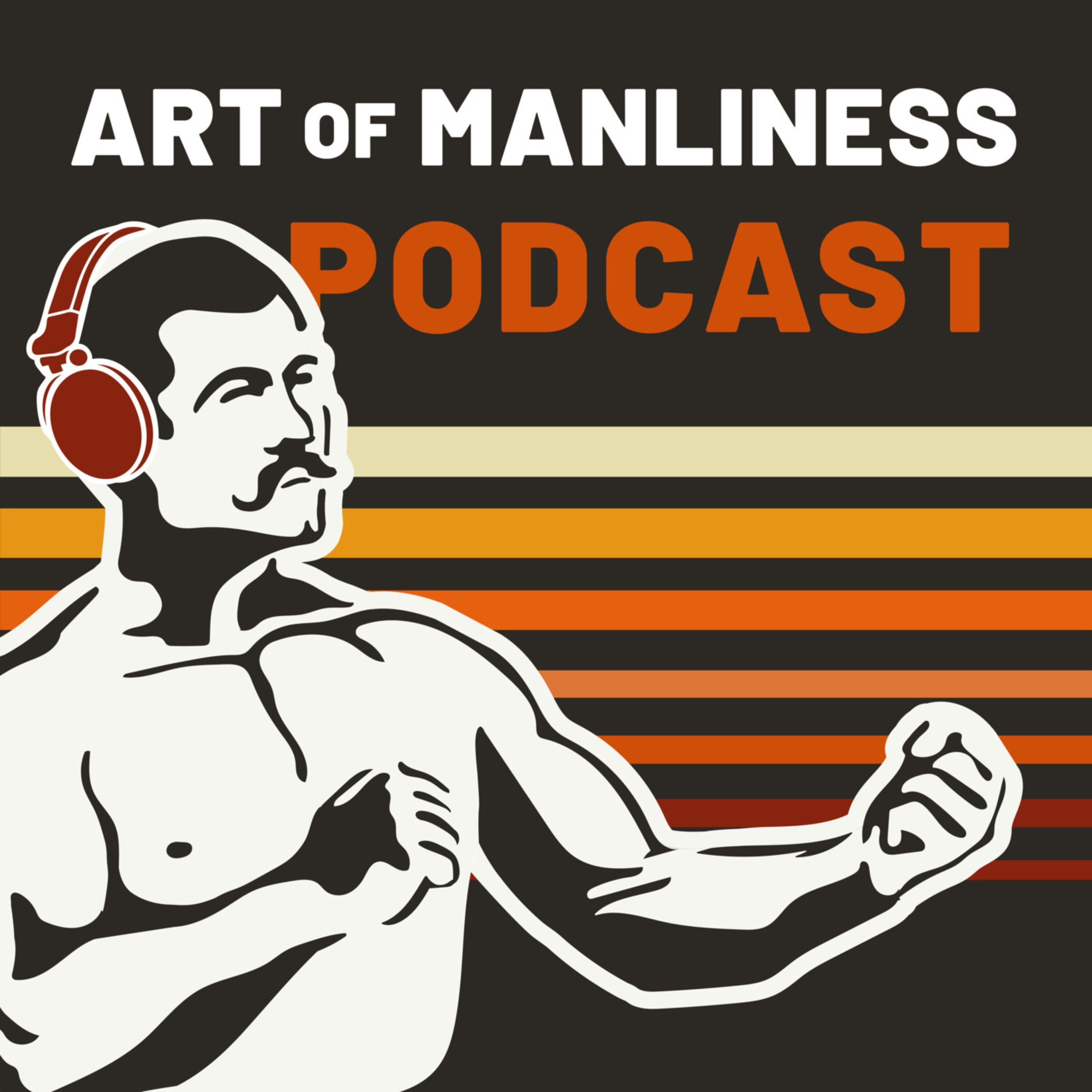Summary of Art Of Manliness Podcast Episode: Bruce Lees Life Philosophy: A Conversation with Shannon Lee on Art of Manliness Podcast
— Description —
Discover how Shannon Lee found solace and inspiration in her fathers philosophy and martial arts practice Learn how to embrace suffering, let go of judgment, and flow with lifes challenges Find out why Bruce Lee believed in emptying the mind for maximum learning.

Bruce Lees Life Philosophy: A Conversation with Shannon Lee on Art of Manliness Podcast
Key Takeaways
- Full of grief after her brother’s tragic death, Shannon Lee’s life turned around when she read this quote from her father: “The medicine for suffering is within, but (some) do not take it…”
- Shannon learned not to ignore suffering, but to explore it
- Bruce Lee’s philosophy and martial arts practice centers on self-actualization: fulfill your potential in your job/role and as a human being
- When people are faced with obstacles, they should flow with them and be fluid when responding to life’s challenges
- Let go of judgment – meet each moment with openness and awareness and allow for new perceptions
- Don’t bother with negative writings – concentrate on constructive ones full of problem-solving
- Bruce said the cup is like a mind – if it’s full, it’s useless, rather let it be empty to allow for maximum learning
Intro
- Shannon Lee (t:@bruceleeFDN) is an American actress, martial artist and businesswoman. She is the only daughter of martial arts film star Bruce Lee and author of “Be Water My Friend”.
What Catalyzed Shannon’s interest in her Father’s Philosophy?
- A crisis led her to Shannon to her father’s philosophy – her brother was killed on a film set when she was 24 (her father died when she was four)
- The tragedy sent her to a dark place – she was bewildered and wondered how to go on
- Shannon realized she’d been mildly depressed her whole life
- Filled with grief, she went through the motions of life for a few years
- After getting photocopies of her father’s writings, his thoughts on life turned her, especially this quote: “The medicine for suffering is within, but (some) do not take it…”
- Don’t ignore suffering, explore it
The Big Picture Of Bruce’s Philosophy
- Bruce’s philosophy centers on self-actualization: fulfilling your potential in your job/role and as a human being
- He believed everyone should be the best at what they do
- Bruce called himself an artist of life
- As a philosophy student in college, Bruce found that for him, philosophy explained the why of the martial arts movement
- He tried to put his philosophy into action, not just studying it as theory
What It Means to “Be Water”
- Bruce had this revelation when he was 17 when he unsuccessfully faced off with an opponent
- His teacher told him to take a week off and “get out of your head, be more fluid. Be gentle.”
- Taking a boat out to Hong Kong harbor, Bruce started punching the water out of frustration
- He had an epiphany- the harder he punched the water, the more it just moved out of the way
- Bruce thought: “My mind should be like a bird’s reflection on water” – gentle, fluid
- He believed that when people are faced with obstacles in their lives, they should flow with them and move forward: Be fluid when responding to life’s challenges
Bruce’s Empty Cup
- Bruce said the cup is like a mind. If it’s full, it’s useless. Let it be empty to allow for maximum learning and input
- The “empty cup” represents the notion of being aware of what’s happening now
- Let go of your judgment – meet each moment with openness and awareness and allow for new perceptions
- Bruce liked to move and meditate: “let the mind be loose”
- Bruce had an ability to assess himself even when he won a contest
Turning the Abstract Into The Concrete
- Bruce would have “moral reminders” turned into plaques
-
The Stages of Cultivation
- Partiality
- Fluidity
- Emptiness
- He created a medallion like “No limitation as limitation” and often carried affirmation cards in his pocket
Bruce’s Journaling Practice
- Bruce did not keep a standard journal – he wrote whatever he thought on anything, any time
- His inspirational writings were done through multiple drafts which illuminate his thought processes to the reader
- Bruce had no negative writings – only constructive ones full of problem-solving
- If you must “rage on a page”, do it, then throw it away
How Bruce Responded to His Bad Back Injury
- Bruce used the time to read about anatomy, hoping to expedite his recovery
- He also used the bed-ridden time to write extensively
- Walk On – the written card he kept next to his bed for encouragement